For experienced sheep breeders, detecting whether a sheep is pregnant or not can be as straightforward as checking for weight gain and estrous signals. But it may not be that simple for someone new to sheep breeding.
Pregnancy signs are typically apparent in the late stage of sheep pregnancy. But in the first few months, the signs can be very subtle. Still, even as a new sheep breeder, you might be able to discern a pregnant sheep from an unbred sheep.
If you are unsure of what signs you’ll see when a sheep is pregnant, we have just the information you need. Below, we compile a list of 13 signs that a sheep is pregnant. Some of the signs are pretty amusing, so read to the end.
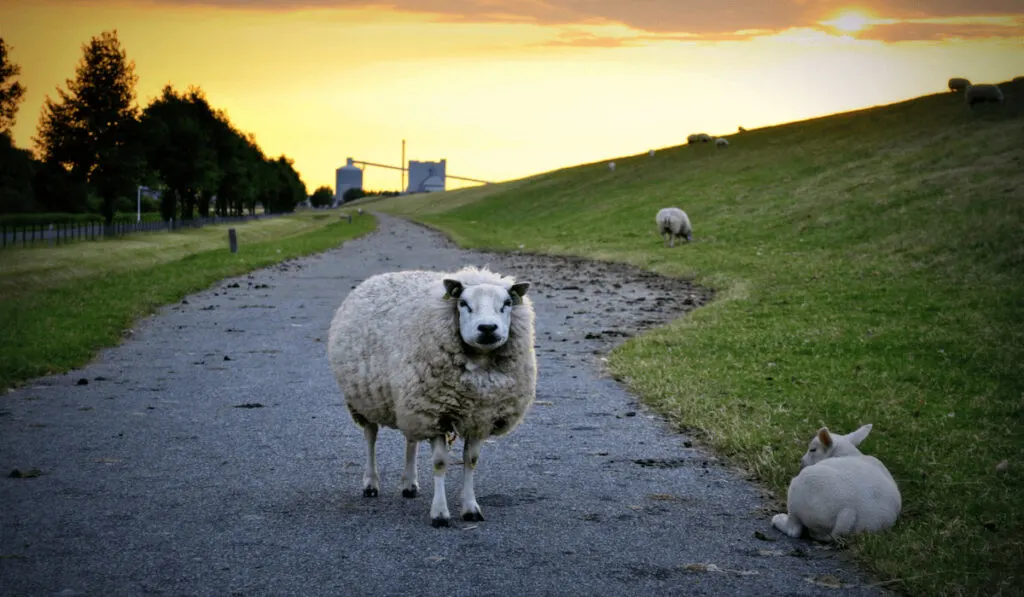
Table of Contents
1. Weight Gain
Weight gain or changes in size are one of the most obvious signs of pregnancy in sheep.
Sheep typically show significant weight gain in the early periods – especially the first two months – of their pregnancy. But this early weight gain is not as definitive as the weight gain in the last two months (month four and month five) of pregnancy.
Weight gain in the last two months of pregnancy is more definitive because, at that point, most of the size changes in the ewe come from fetal growth. In other words, a mother sheep gains weight in the final months of its pregnancy primarily because of the lamb within.
Besides seeing considerable weight gain in the final months of pregnancy, you may notice that the abdomen of the pregnant ewe becomes uneven.
If you cannot assess your sheep’s weight gain, you can measure their heart girth. Heart girth is the circumference of the chest region immediately behind the forelimbs. Sheep typically see gains in heart girth when they are pregnant.
If you need early signs to detect pregnancy in sheep, weight gain might not be the best option. As we said already, weight gain in the first few months of pregnancy is not definitive because it may be for other reasons besides the fetus. For one, the weight gain may be a consequence of increased feeding. Apart from that, some pregnant sheep may show no weight gain.
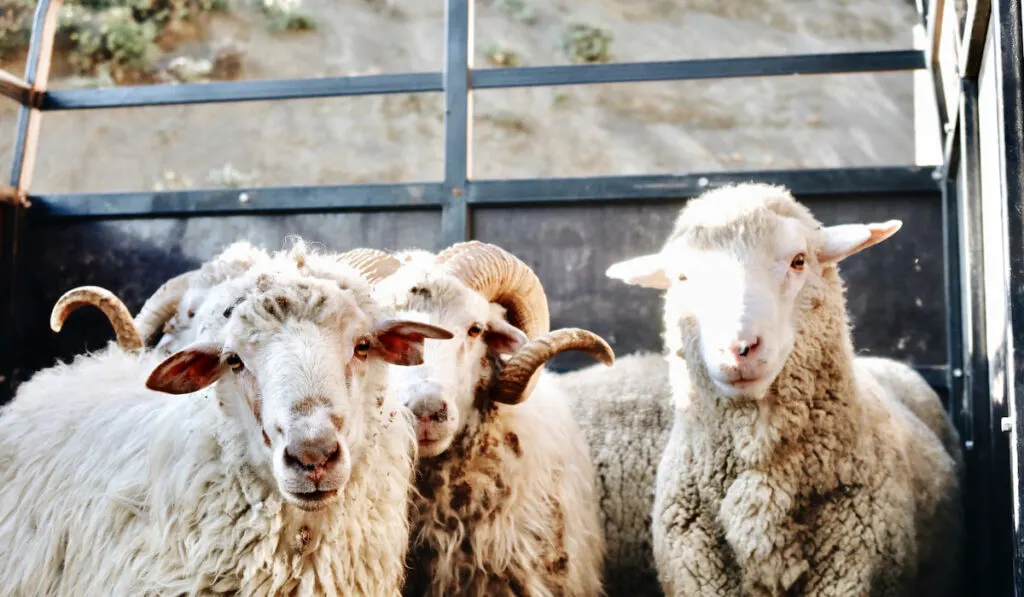
2. Lack of Interest in Rams
This sign is relatively subtle because ewes do not expressly show interest in rams even when in heat. But then, if a ram is around when a ewe is in heat, the ewe may move its tail from side to side to show interest in the ram.
Your ewe may be pregnant if you do not notice the sign above.
3. Lack of Interest in Ewes by Rams
In the same manner that pregnant ewes show no interest in rams, rams show no interest in pregnant ewes. So, if you use a teaser ram around your ewes, but he shows no interest in some of them, the ewes he shows no interest in might be pregnant.
A pregnant ewe will not release pheromones that show it is ready to receive the ram. So, the ram will ignore her.
4. Rounder Udder and Lower-Hanging Teats
While a ewe will keep producing milk even after lambing, the milk production will eventually wane as the lamb grows. When milk production in sheep stops, the udder will become less prominent, and the teats will rise closer to their body.
During the late stage of sheep pregnancy – say month three onwards – you may notice significant changes in the udder.
A pregnant sheep heading into the last few weeks of gestation will have a rounder udder. Also, the teats will hang lower, and she will shed the wool around her udder.
Since marked udder changes are only visible towards the late final stages of pregnancy, this sign is not one to look out for in the first few months.
5. Puffy Vulvar Region
The vulva of a pregnant sheep will become puffier at about the same time the udder starts changing. So, if you notice this, your ewe is pregnant.
6. Colostrum Production
The colostrum sign comes very close to lambing. In fact, the gap between lambing and colostrum production is around ten days.
In the final two weeks of pregnancy, if you squeeze the teats of a pregnant sheep, it will produce colostrum. Colostrum is a type of milk that is thicker and yellower than regular milk. The yellowness and thickness of colostrum give it a pus-like appearance, so when you squeeze it out of your pregnant ewes teats, you should recognize it immediately.
You’ll most probably see other signs of pregnancy in a sheep before you notice colostrum production. But if you don’t, then colostrum production should be your confirmation that the sheep is pregnant.
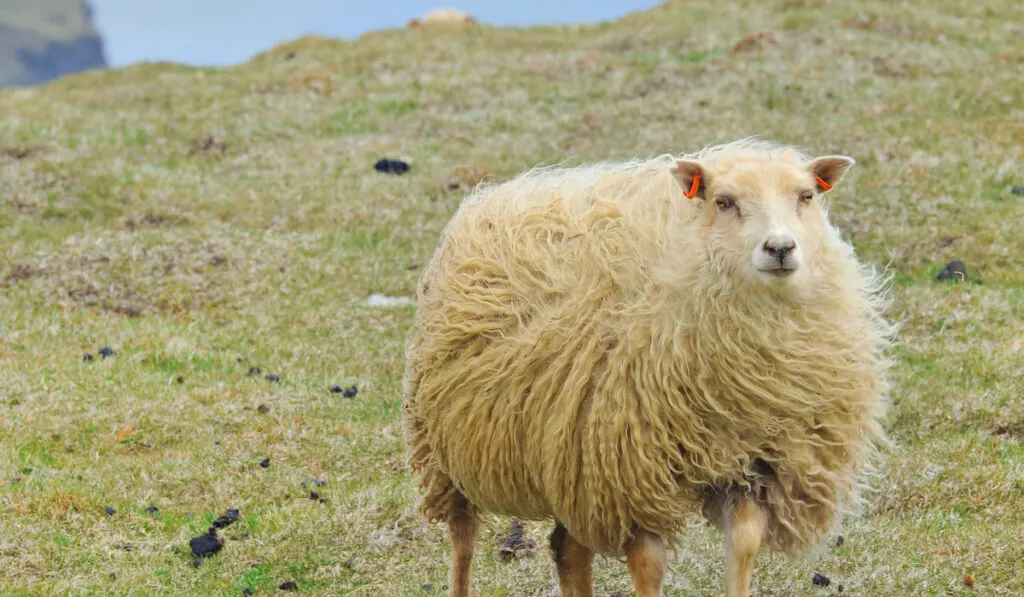
7. Abdominal Tightness
Another sign you may notice when your sheep is pregnant is abdominal tightness.
You can feel your sheep’s abdominal tightness by palpating either side of their belly. When you palpate, you will find that a pregnant ewe’s belly is firmer than an unbred ewe’s belly.
When checking for abdominal tightness, wait till the ewe has not eaten for around 12 hours. This way, you will not get a false positive from your sheep having a big meal.
When palpating your pregnant sheep, you may notice the unevenness of the belly if the pregnancy is closer to the later stages. You may even feel the outline of the lamb if the pregnancy has gone far.
At first, you may not do the palpation perfectly, but you’ll get better with practice. So, try palpating bred and unbred sheep several times to perfect it.
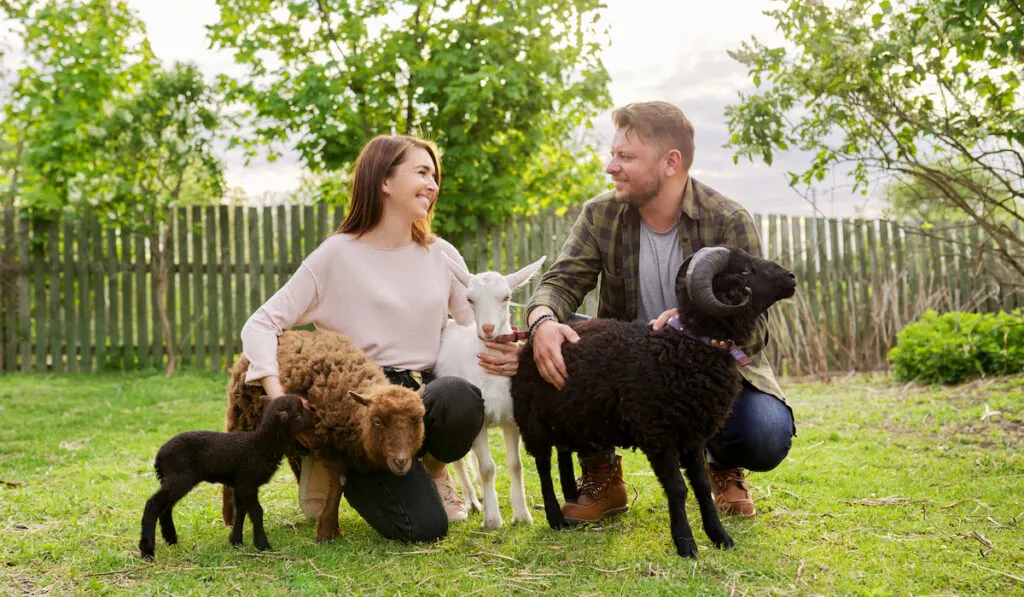
8. Estrous Cycle
Monitoring your ewes’ estrous cycle alongside their mating with rams can help you figure out if the ewes are pregnant or not. Doing this can help you detect pregnancy in the early stages.
Using the estrous cycle as a sign of pregnancy in sheep involves checking whether a ewe enters a new estrous cycle after its last ram encounter.
Basically, if your ewe mates with a ram but doesn’t enter a new estrous cycle after 14 to 19 days, it is most likely pregnant. But if the ewe enters a new estrous cycle after its last breeding session, it is not pregnant.
9. Lamb Movement
In the final month of your sheep’s pregnancy, the lamb will become so big that you can see it moving in the womb. Of course, if you do notice this movement, you have a definitive sign that your sheep is pregnant.
Depending on the wool density of your sheep, you may or may not notice lamb movement. If your sheep has thick wool, you will not see the movement. But if your sheep has short fleece, seeing lamb movements should be easier for you.
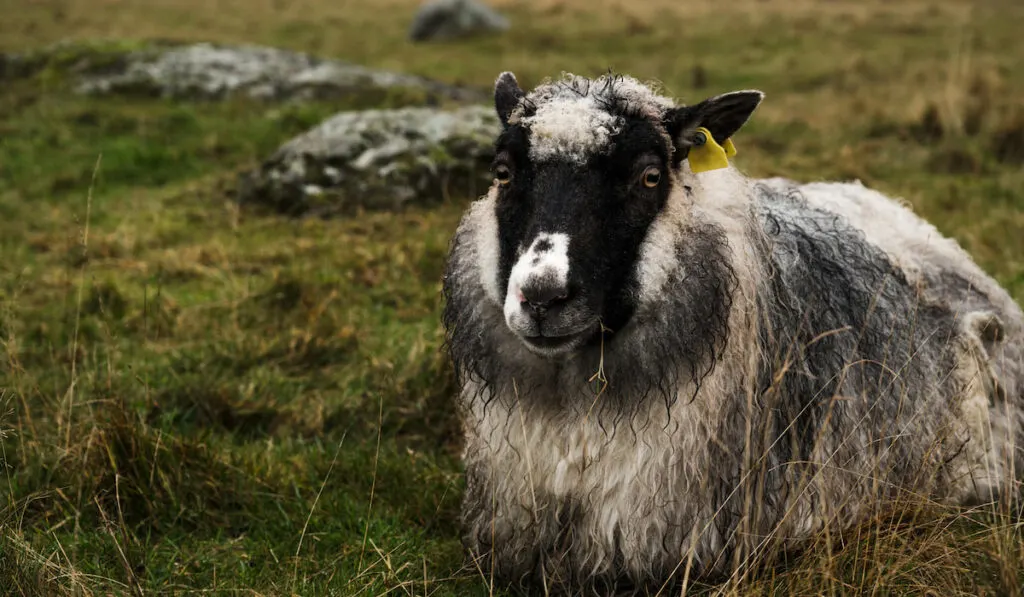
10. Calmness
Pregnancy comes with various behavioral changes in sheep, and one of the possible changes is calmness. When a ewe is pregnant, it may become calmer and slower.
11. Isolation
Another behavioral change you may notice in pregnant sheep is isolation. A pregnant sheep may spend more time away from other sheep.
12. Appetite Changes
When pregnant, some sheep have increased appetite. This change comes primarily because the fetal lamb feeds from them.
Conversely, when pregnant, some sheep have reduced appetite. This could be because the lamb within their abdomen leaves less space for food consumption.
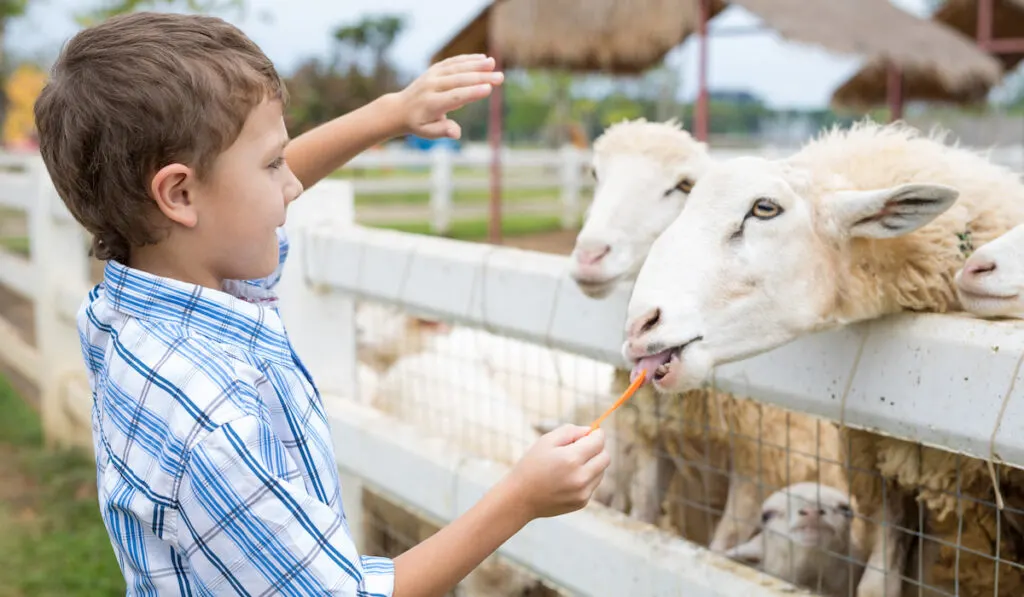
13. Discomfort
A pregnant sheep might get very uncomfortable. The sheep may walk on its knees instead of hooves to show discomfort. It may also curl its lips, spend less time moving around, and grind its teeth.
